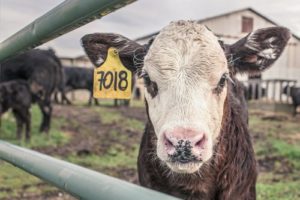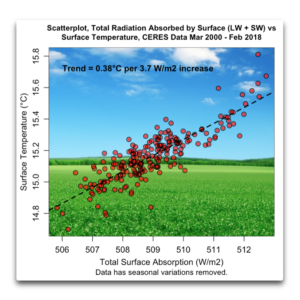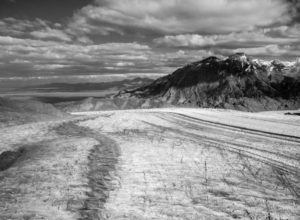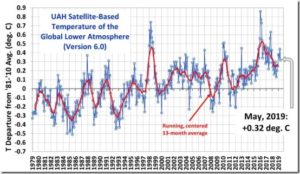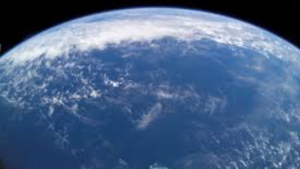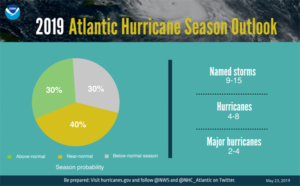by J.C. Maurin, 13 juin 2019 in ScienceClimatEnergie
Une croissance du CO2 atmosphérique qui serait exclusivement anthropique est contradictoire avec les observations du carbone 13 dans l’atmosphère (ici). Cet article en 2 parties va montrer qu’il existe également des contradictions avec les observations du carbone 14. Celui-ci est utilisé à des fins de datation jusqu’à 50 000 ans BP (Before Present)et on dispose de nombreuses études (pour calibration) sur son évolution dans l’atmosphère.
La première partie s’intéresse, non pas aux datations, mais à la dilution du carbone 14 que provoque l’ajout de CO2 anthropique (effet SUESS) avant les essais thermonucléaires de 1952-1963.
Dans la seconde partie nous verrons que l’évolution du carbone 14 après 1963 est aussi en contradiction avec une croissance du CO2 exclusivement anthropique.1. Le carbone dans l’atmosphère [1] [5]
Le carbone existe habituellement sous 3 formes isotopiques : 12C pour ≈ 98.9% , 13C pour ≈ 1.1 % et 14C à l’état de traces (Fig. 1a).

Figure 1a. La seule différence entre CO2 anthropique et CO2 atmosphérique réside dans les proportions du mélange des isotopes: le CO2 anthropique est appauvri en 13C et 14C. L’ajout de CO2 anthropique va modifier, au fil des années, les proportions du mélange isotopique dans l’atmosphère.
…

